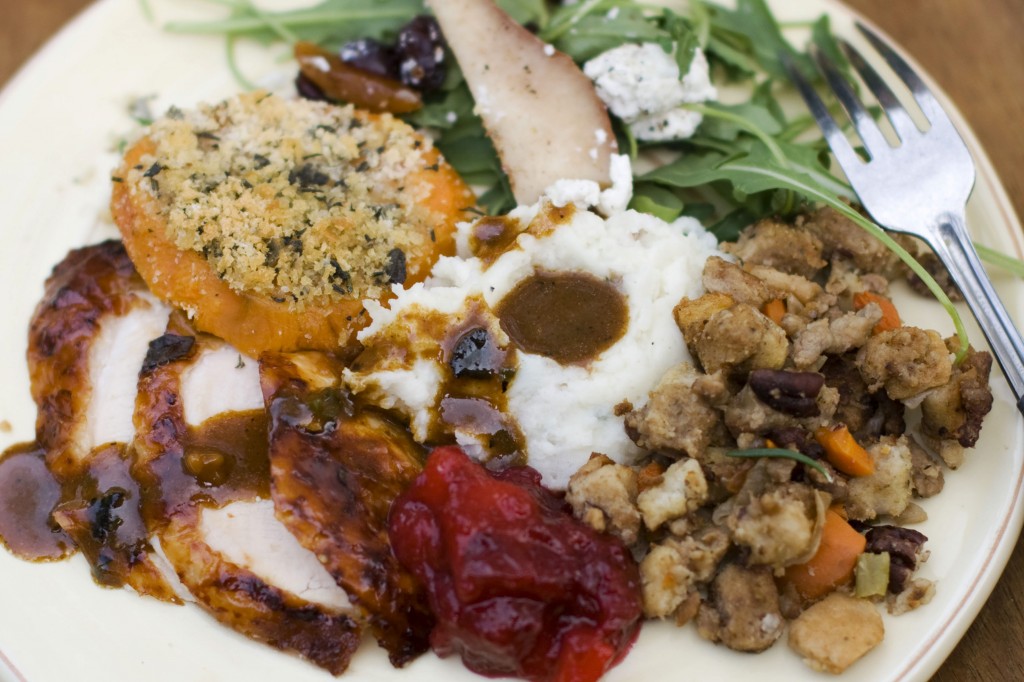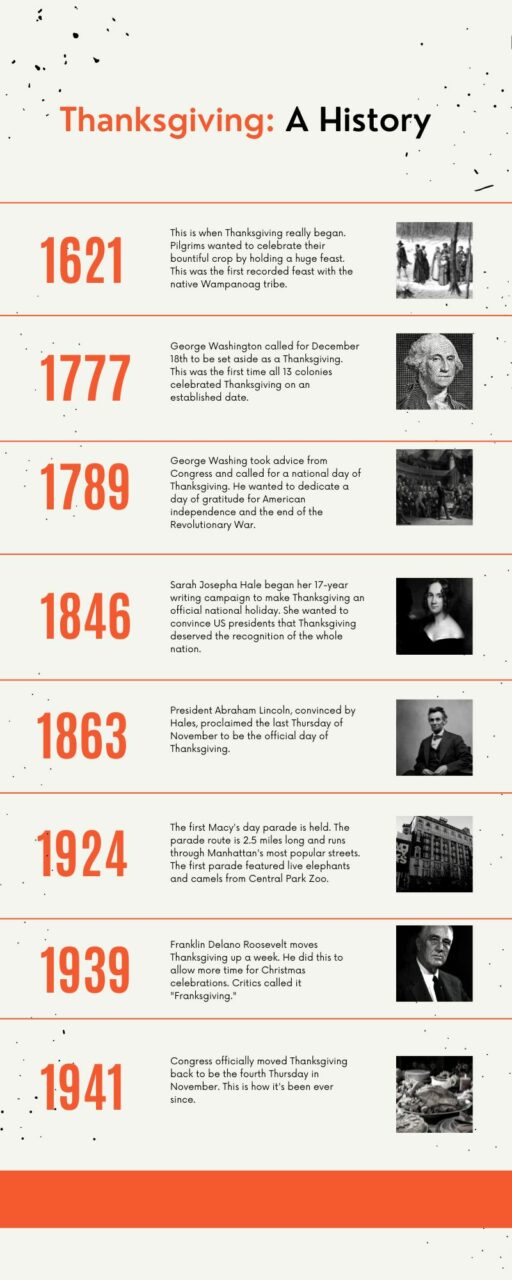
BYU students shared their favorite Thanksgiving traditions as BYU’s three-day Thanksgiving break is approaching.
Becca Livingston, a senior studying experience and design management, said in her family, everyone pitches in by making a part of Thanksgiving dinner.
“We taste and snack in between so that by the time we’re ready for dinner, we’re pretty much full,” Livingston said. “Being with my family, joking around, listening to music and eating always makes me so happy.”
Turkey, stuffing and pumpkin pie later became staples on the Thanksgiving menu. It was journal articles from the early nineteenth century that made it clear turkey was the main attraction of the Thanksgiving feast, according to a journal article by Andrew F. Smith titled The First Thanksgiving.
BYU freshman Katie Burnett said pie is an important Thanksgiving tradition in her family.
“Every year, we have a pie night on Thanksgiving where a bunch of family comes over and we try a million different kinds of pie,” Burnett said. “I love a fresh raspberry pie or a chocolate pie.”
According to Smith, the tradition of a Thanksgiving feast started in 1621.

The original Thanksgiving festivities were not recorded by primary sources, so the story of pilgrims colonizing the country and “making peace” with Native Americans may have been altered as it has been passed down through history according to
Jenny Pulsipher, a professor of early American and Native American history at BYU, explained the significance of the first feast between the Plymouth colony and the Wampanoag tribe.
“In the United States, Thanksgiving is most closely associated with a particular feast that was celebrated as both a religious and harvest festival: the days-long gathering of the Wampanoag (Native Americans) and the Pilgrims of Plymouth Colony,” Pulsipher said. “Although there were fierce conflicts between these two groups later in their history, at this particular moment, they came together in friendship and peace, rejoicing in a bountiful harvest and in God’s blessings to them.”
In 1623, Thanksgiving was meant to celebrate the end of an intense drought that had prompted a long religious fast, according to History.
Also according to History, much of Thanksgiving’s religious meaning has been lost. Now, as observed by History, people celebrate Thanksgiving by cooking large feasts, watching the Macy’s Day Parade, going on vacation and gearing up for Black Friday shopping.
Charlotte Woolley, a sophomore studying early childhood education, celebrates Thanksgiving with her family by going on a cruise to Mexico.
“My family started this tradition the year before I was born, so in 2001,” Woolley said. “I rarely get to see my family since they live far away, but we all get to come together without technology and just enjoy each other’s company.”
The date on which Thanksgiving was celebrated went through a lot of revisions leading up to the present day, according to History.
George Washington marked Thanksgiving as a day to give thanks for America’s independence and the end of the Revolutionary War, but it was John Adams and James Madison who designated days to celebrate.
Nearly a century later, Abraham Lincoln scheduled Thanksgiving for the last Thursday in November.
Franklin D. Roosevelt overturned Lincoln’s request in 1939. Roosevelt moved Thanksgiving up a week to leave more time for the Christmas season.
Roosevelt’s plan was met with opposition, and in 1941, Roosevelt signed a bill putting Thanksgiving on the fourth Thursday in November.




